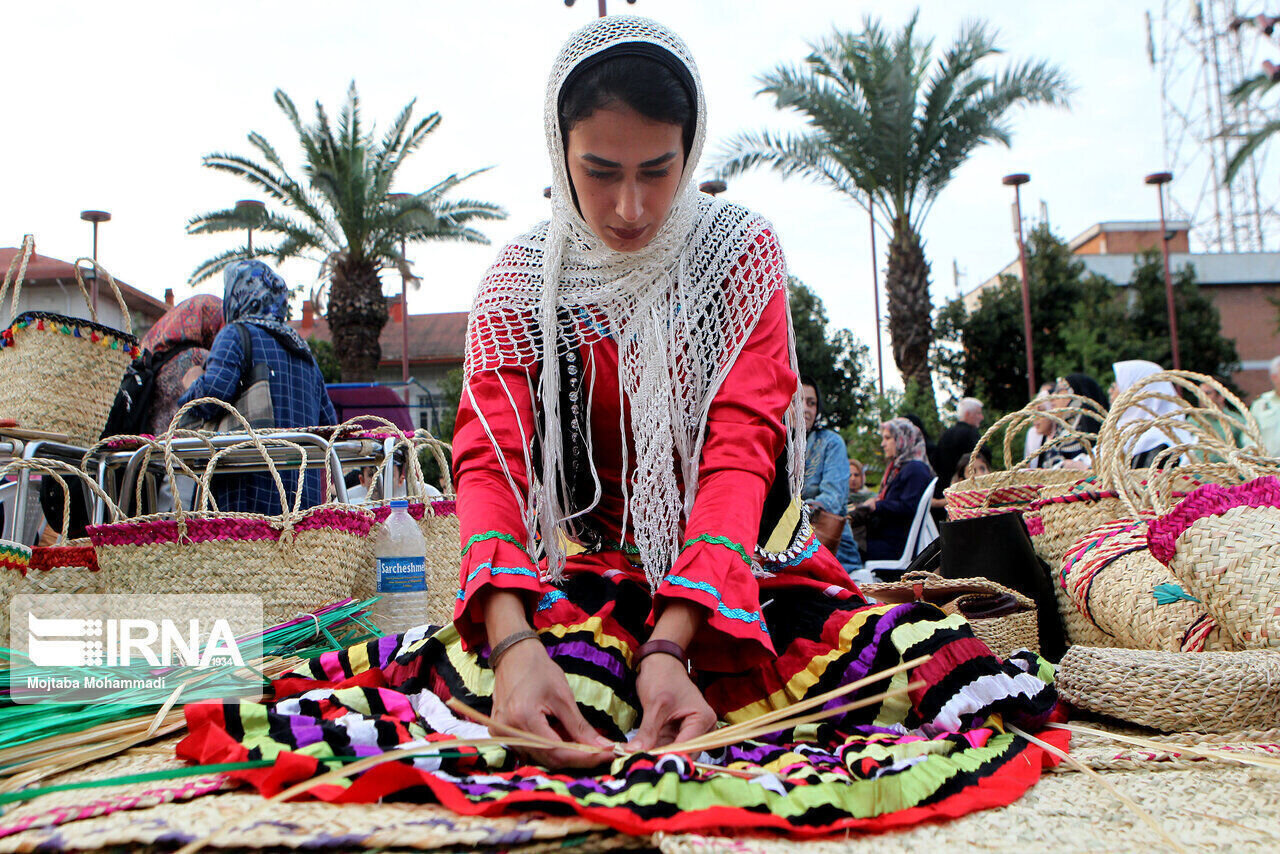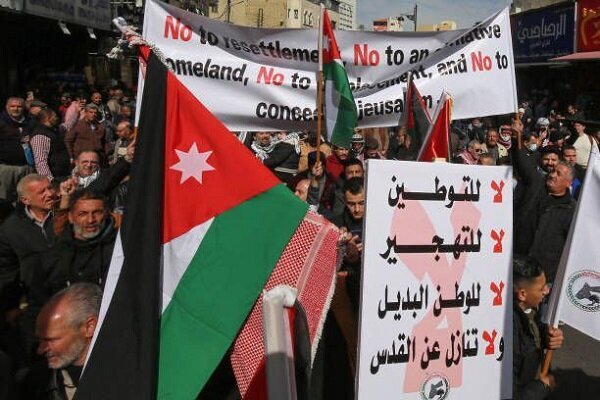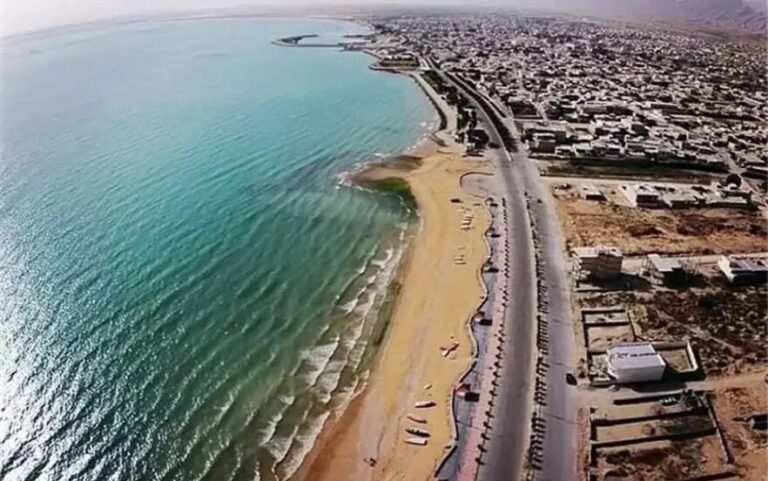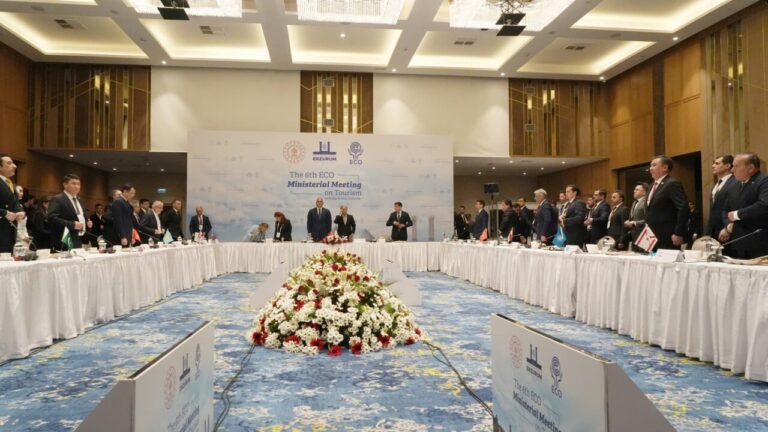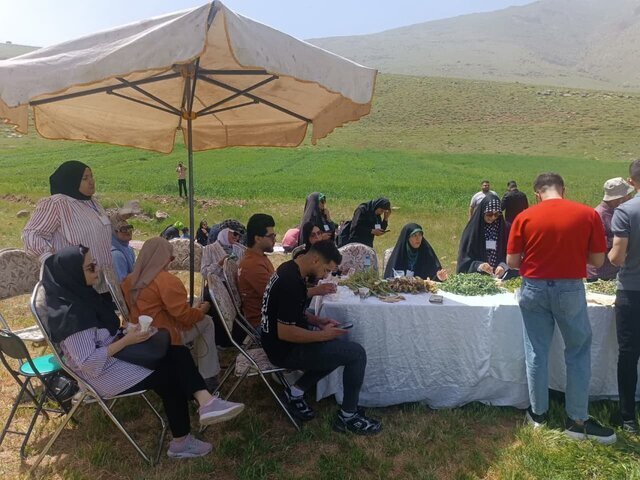Revitalizing Handicrafts: Comprehensive Rescue Plan in the Works
In recent developments, the handicrafts sector in Iran is set to receive a significant boost with a new rescue plan aimed at enhancing its economic viability and cultural significance. Maryam Jalali-Dehkordi, the Deputy Minister of Handicrafts, has outlined the key objectives of this initiative, which focuses on strengthening the value chain of Persian handicrafts.
Jalali-Dehkordi, speaking to IRNA, emphasized that the rescue plan is multifaceted and targets various aspects of the handicrafts industry. She mentioned, “We are compiling a rescue plan for the handicrafts sector to cover various areas particularly in the economic field.” This comprehensive approach is designed to foster collaboration among different agencies to achieve an ambitious eight-percent growth in the sector, alongside an increase in job opportunities and exports, in accordance with the National Handicrafts Document.
The Deputy Minister highlighted that Iran’s primary export markets will include the Caspian Sea littoral states and Persian Gulf countries. She pointed out that this year has been designated as the Year of Investment in Production, positioning handicrafts as a crucial cultural product that embodies the nation’s identity, economy, and social cohesion.
According to Jalali-Dehkordi, the handicrafts market presents a remarkable opportunity for business growth. “Management officials have indicated that handicrafts are the blue ocean of business, and there are eager customers for them,” she stated. However, the successful implementation of this project relies on convergence within the Cabinet, which will facilitate necessary policies and support.
In addition to addressing economic growth, Jalali-Dehkordi mentioned the ongoing discussions regarding banking facilities in the High Employment Council. She expressed optimism that these financial resources will become operational soon, further supporting the handicrafts sector.
Quality remains a critical factor in the success of Iranian handicrafts. “We need to create a market, conduct market research, and actually draw customers,” Jalali-Dehkordi explained. The initiative aims to connect artisans, industrialists, and merchants to effectively enhance the handicrafts market.
Currently, data from the Ministry of Cultural Heritage, Tourism, and Handicrafts indicates that Iran’s annual handicraft exports are approximately $250 million, with an additional $250 million attributed to informal “suitcase” exports. Despite these figures, the global market for handicrafts is valued at an impressive $770 billion, highlighting a vast potential for expansion.
To further solidify Iran’s presence in the handicrafts arena, a selection of 13 cities and three villages have been recognized by the World Council of Handicrafts as “world cities of handicrafts.” This recognition not only showcases the rich cultural heritage of Iran but also positions these areas as key players in the global handicrafts market.
In conclusion, the comprehensive rescue plan for the handicrafts sector in Iran is a crucial step towards revitalizing this important industry. By focusing on economic growth, quality improvement, and market development, the plan aims to not only enhance exports but also preserve and promote Iran’s rich cultural legacy.
